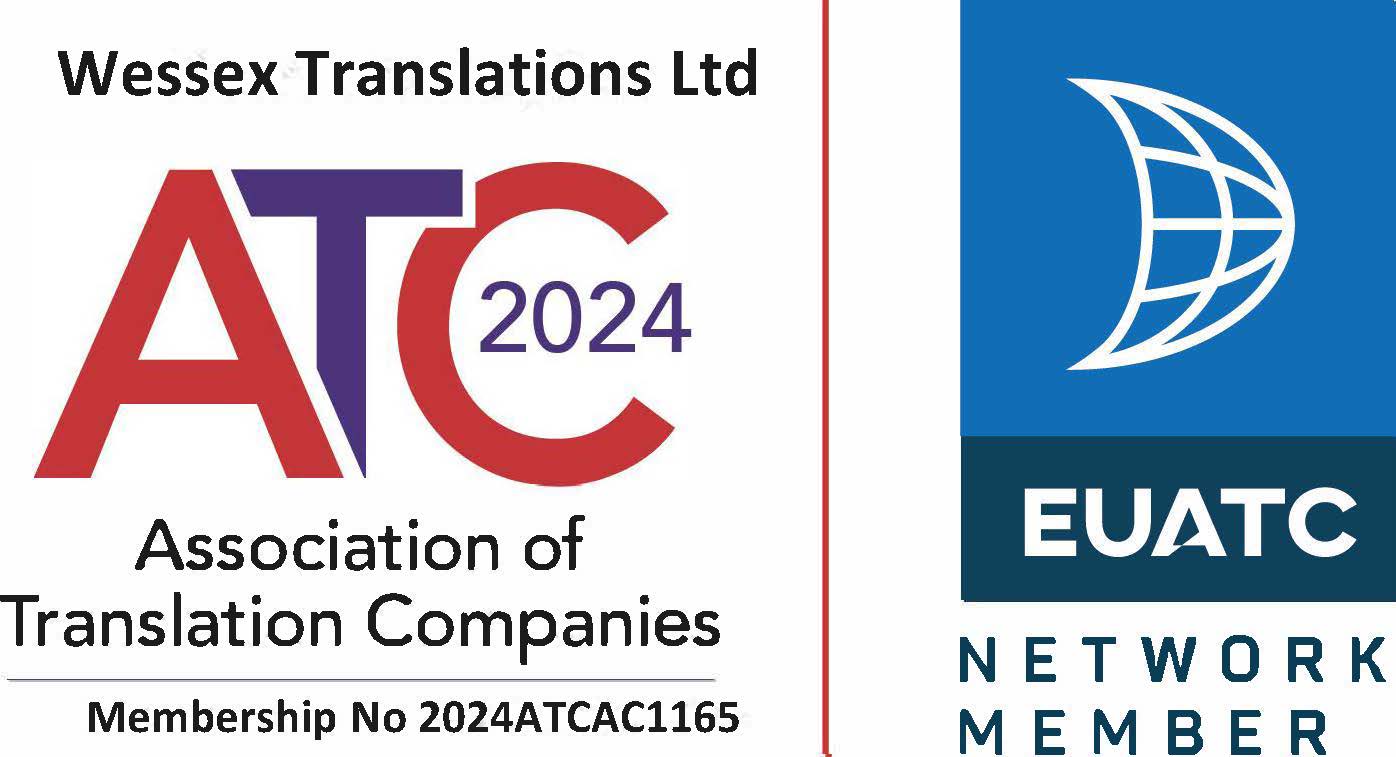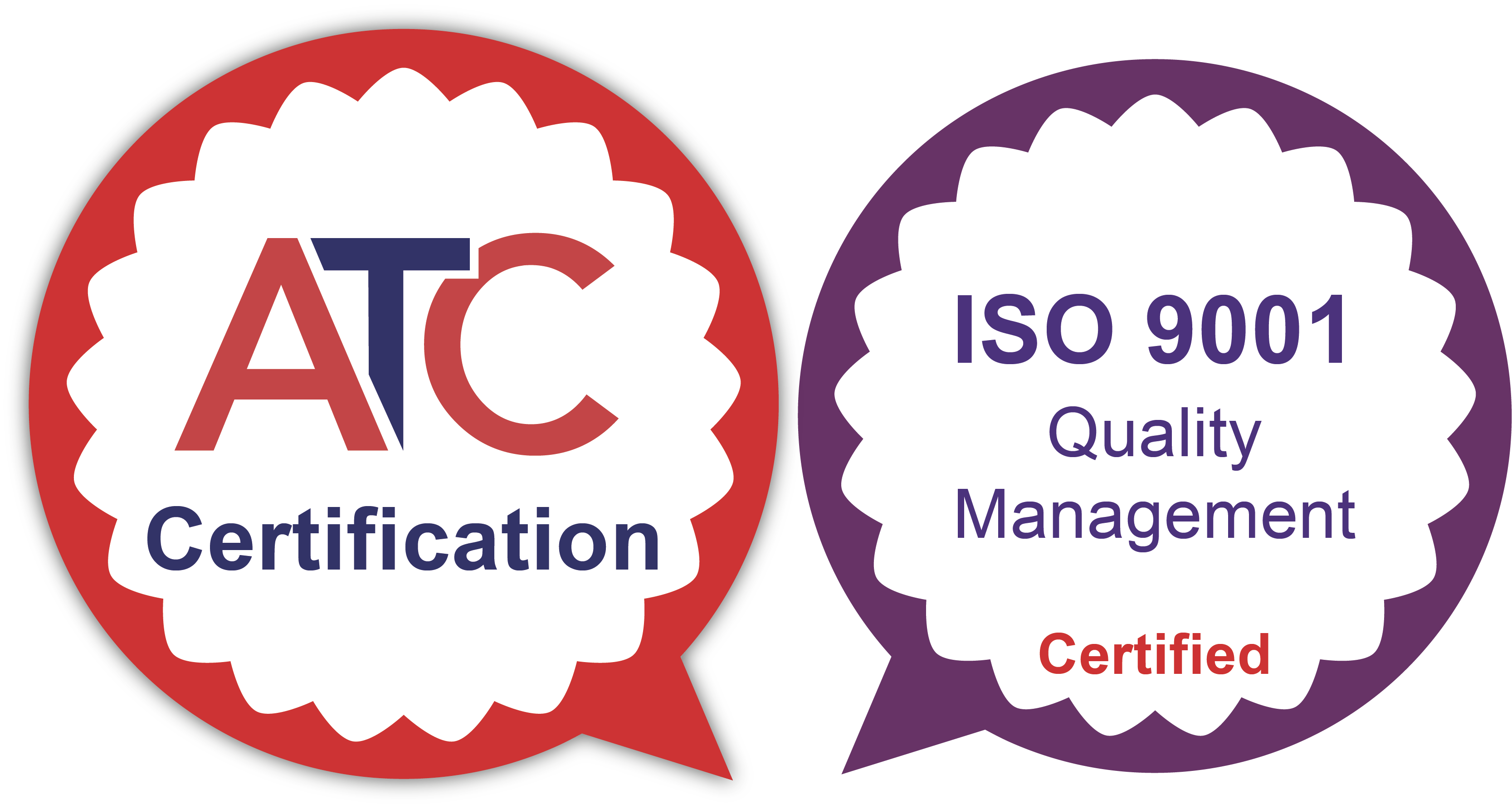Cementing User Confidence through Website Localisation
The Common Sense Advisory conducted research which unsurprisingly found that the majority of visitors (87%) will not buy products from a website they cannot understand. They specifically studied non-English speaking participants residing in different countries of the EU. When presented with websites in English only, they clicked out of them within seconds. It’s fair to say that website localisation creates a more familiar online user experience, promoting consumer confidence and ultimately leading to a website conversion or sale.
This presents a strong case for utilising website translation services to localise your website. It is also important not to miss the opportunity to benefit from an effective SEO effort. Many digital agencies will advise that an SEO strategy should come first when designing a new website as this will affect site structure, content, design, User Experience (UX) and User Journey. It’s the same with your localised website.
Google has made various attempts to perfect their local search algorithms updates (i.e Penguin, Possum) to present the top-quality, hyper-local results. Whether you call it geolocation targeting, multilingual search engine optimisation or local SEO below are some top tips for incorporating SEO into the localisation workflow.
1) Localisation vs Translation (Know the difference)
When enlisting the help of a translation company, be very clear on your brief. Would you like your content translated word-for-word or, ideally, would you like it adapted to a local context? A localised text will always bring you more ROI, since it reinforces consumer trust and confidence.
Secondly, you’ll need an SEO expert to make your localised offer attractive to both visitors and search engines. The following article contains some helpful information on this: https://searchengineland.com/integrating-seo-into-the-localization-workflow-process-28367
Don’t be tempted to use machine translation. This could not only result in a poor translations on your website, but it could be viewed as spam. Impress your SEO Agency or SEO Consultant and enquire about the use of hreflang on your multi-lingual website (https://yoast.com/hreflang-ultimate-guide/).
2) Verify your Local Keywords/Search Terms
The search terms with high search volumes, competitiveness and conversion probability in the UK may be completely different in another country.
To illustrate this point, the below example depicts the difference between attorney and solicitor which are essentially the same, but the search volume changes dramatically depending on whether it is being used in the United States or in the UK.
United Kingdom:

United States:

It is therefore worth ascertaining which search terms warrant SEO effort in your target countries and optimise around those terms.
3) Site Architecture and Maintenance
Multilingual websites by their very nature can be quite large and complex structurally, so site maintenance and being selective with your choice of page translations is crucial. To save time, there may be a temptation and decision to simply copy original language pages to the local website, however this can create duplicate content issues with search engines. One option is to link or redirect these pages to the original website to avoid duplication or to ask your SEO expert to utilise the canonical tag.
4) Global glossary
Creating and maintaining a local keyword / search term list is a good base for a global glossary of your terminology. Share this glossary with all of your offices worldwide – so they can find the appropriate language versions.
5) Metadata optimisation
Optimising content is important, however, among top SEO experts, the common consensus is to ‘write for humans, optimise for robots’. So with this in mind, the aspects such as metadata (title, description, ALT tags) are just as important to bear in mind within your overall localisation strategy.
6) URL structure and domains
Decide whether to localise URLs. Check whether your Content Management System (CMS) is capable of handling a localised URL structure. If not, use redirects.
Country top-level domains are always good to use but if you want to use one domain you should differentiate language versions in the URL. You can indicate e.g. French language content either as a sub-directory (www.example.com/fr/) or as a sub-domain (fr.example.com). This provides human users with a clue about the content on the website and is very useful to distinguish between language versions.
The below is some technical SEO advice for structuring multilingual websites:
Google recommends using HTML<link> tags with the hreflang attribute which helps Google to properly index language sites, for example:
<link hreflang="fr-ca" href="fr.mysite.com/" />
Each page on the site should include the matching link on the translated sites, for example:
http://www.mysite.com/about
should have an hreflang link of:
<link hreflang="fr-ca" href="fr-ca.mysite.com/about" />
7) Content - Keep it Local
If your business has local teams and your website has dedicated local blog/news sections, why not encourage them to create local content? A news section is an ideal way to keep your site active and posting local content will positively contribute to better local SEO rankings. The only caveat with this is to ensure that guidelines regarding tone of voice and branding, along with an approval process, exist. From a technical point of view ensure your site map work includes the multilingual versions (for more guidance click here)
8) ccTLD, Geo-targetting and Server Location
Search engines such as Google factor in server location where sites are hosted. If your web servers are running on a content delivery network (CDN, in cloud) or are hosted in a country with better web server infrastructure then there is no issue. Arguably, aspects such as ccTLD (country code Top Level Domains) and geo-targeting should be more of a focus than your server location.
9) Language Switchers/Markers
One of the most common ways to show language variations on your website is in a dropdown menu showing what versions are available, in their own language (e.g., the French version would be indicated as “Français”). Small flags (another common technique) can be problematic in countries where multiple languages are spoken.
You can also detect a user’s language or location through their browser and redirect the user to the corresponding language version. Even with automatic language or IP detection, you need to allow the user to choose a language or switch between languages with ease.
10) Your Digital Portfolio (Apps, Feeds, Data and Social Media)
A localisation strategy should not be limited to your website. Analyse all the internal and external data sources that are fed into your website and adopt an integrated and holistic approach. With the proliferation of social media, it is essential that your business is clear on the perception it is creating locally in foreign countries. The influence of social media on SEO and on creating a strong brand awareness is undeniable. Local or central teams should therefore manage these accounts effectively with native knowledge and expertise. Another local SEO top tip is to utilise quality local services for registering your local business, such as Google Places, Foursquare and others. NAP (Name, Address, Place) consistency has proven to help rank businesses locally, so make sure the local pages on your website also reflect your local details.
Looking for assistance with Localisation and Website Translation Services? Contact us today.






